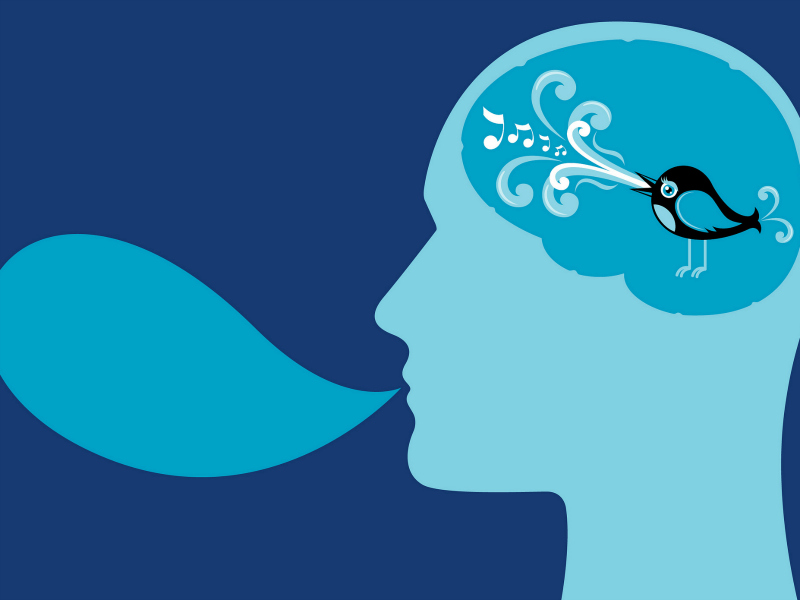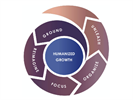Holmes Report 01 Aug 2016 // 9:55AM GMT

Two new studies underscore the importance of Twitter in both the start and spread of crises and the way in which people respond.
An overwhelming majority (94%) of crisis either start or spread on Twitter, according to new research from media monitoring platform Visibrain, conducted in partnership with Nicolas Vanderbiest, a crisis communications specialist at the University of Leuven. Vanderbiest examined more than 100 of the biggest PR disasters from the last year and identified that in nearly every case, Twitter had either started the crisis or helped make it significantly worse
Throughout the year, 19% of PR crises broke on Twitter, making the platform more influential than Facebook (16%), YouTube (4%), and blogs (4%). Consumers were also significantly more likely to criticize brands on Twitter than they were on other social networking platforms, with users being 17% more likely to send a negative tweet than a negative Facebook post.
Additional findings suggest that blogs also represent an increasingly common arena for PR crises, with one in five crises seeing consumers use blogs to criticize brands—up 8% since 2014. According to Nicolas Huguenin, CEO of Visibrain, “Social media has always been a battleground for brands, and it appears that Twitter is leading the trend.
“Despite many brands feeling that they’ve finally ‘got’ social networking, Twitter is increasingly moving from a platform for two-way communication to an environment of trolling and provocation. More than ever, users are sharing the negative side of news, and using the platform exclusively to name and shame brands when they make mistakes. While there is still a lot of positivity on Twitter, brands need to be prepared for this new mentality and be ready to react urgently when something does go wrong.”
Meanwhile, another study has found that unorganized and semi-organized groups use Twitter to communicate and develop stances toward organizations who are experiencing crises. Research from the University of Missouri School of Journalism says public relations practitioners need to find ways to diagnose a variety of publics’ stances toward specific issues, allowing them to craft messages aimed at specific audiences.
MU doctoral students Douglas Wilbur and Danielle Myers examined more than 1,000 tweets surrounding the 2015 release of the motion picture “Concussion,” which portrays the National Football League in a negative light with regard to the issue of concussions.
In the study, the researchers used contingency theory, created by MU School of Journalism professor Glen Cameron to determine how and why PR professionals and organizations choose their public responses during crises, as a tool to diagnose different the stances of journalists, health professionals, athletes, sports fans toward the movie, the NFL and the issue.
The researchers found that even with little to no organization, different groups of people developed varying stances toward the movie and the NFL and the concussion issue through Twitter.
They found that health professionals seemed to develop a positive stance toward the movie and the health issues brought to the forefront, promoting the need for continued brain trauma research. Current and former athletes as well as coaches appeared to support that the movie raised awareness of concussions in sports. Other groups the researchers observed were lawyers discussing legal issues involving the NFL concussion crisis and a general lay public, which developed very negative opinions of the NFL, and positive opinions of the movie.
“This study sheds light on how large groups of relatively unorganized people on Twitter can come together to develop specific attitudes and stances toward organizations or topics and issues,” says Myers. “By using contingency theory to examine how this process works, the study gives public relations professionals a road map for how to read the room in terms of what people are saying about their organization. They then can better respond with messages that directly address the concerns people have during organizational crises.”
The researchers recommend that PR professionals monitor Twitter closely during crises to see how different groups of people are responding to the crisis and what underlying themes influence and shape these attitudes The PR practitioners can then use that information to craft customized messages that better resonate with each specific group of people.


































.jpg)

















